Zohran Mamdani sworn in as New York City mayor, pledges liberal agenda
Democrat Zohran Mamdani officially took office as New York City’s mayor on Thursday, beginning his term with a public swearing-in ceremony on the st...
From record-breaking seaplanes to sleek postwar transports and combat-tested fighters, Italy’s aviation history is rich with daring design and engineering brilliance. These ten aircraft showcase the best of Italian innovation, style, and legacy.
1. Macchi-Castoldi M.C.72
Originally designed to compete in the 1931 Schneider Trophy, the M.C.72 missed its chance due to delays but it went on to achieve a remarkable feat by setting an absolute speed record that held for five years. Its path to glory was far from smooth, largely due to the complexities of its Fiat A.S.6 24-cylinder engine.
The A.S.6 was a bold and unconventional design: essentially two high-performance V12 engines mounted back-to-back, each powering a separate propeller in a contra-rotating setup, without a shared throttle system. Even today, no piston-engine seaplane has surpassed its speed. An engineering marvel, and a true visual stunner.
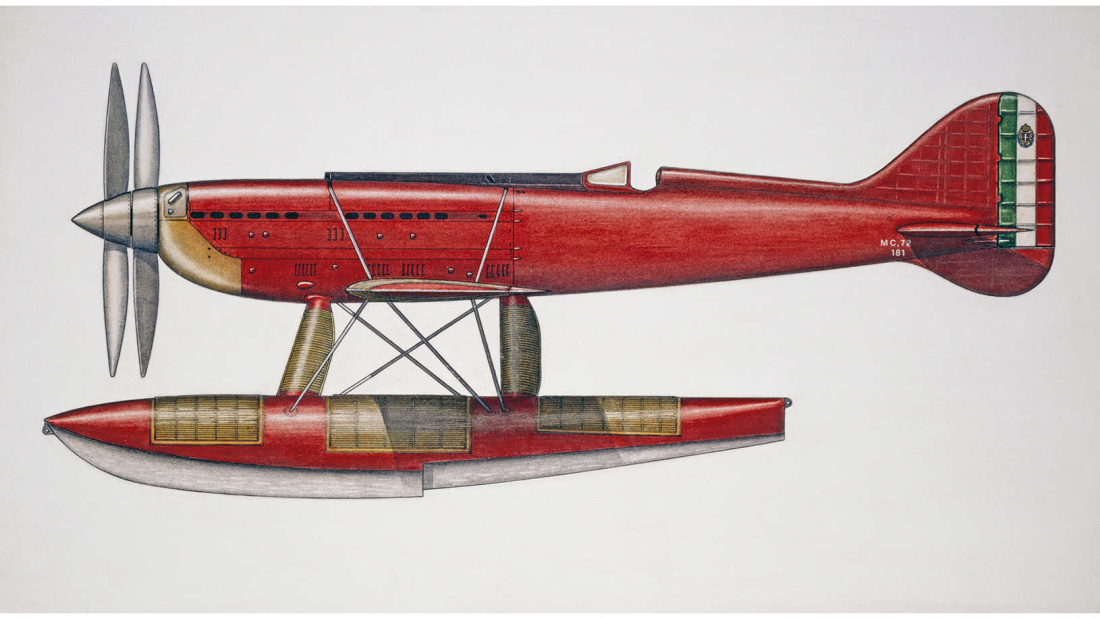
2. Piaggio-Pegna P.c.7
The Piaggio Pegna P.c.7 earns its high placement on the list due to its sheer boldness and the fact that, despite its extreme ambition, it came remarkably close to taking flight. Pegna had long been known for his unconventional ideas, and in 1928, his determination paid off when the Italian government commissioned two prototypes of the P.c.7.
Unfortunately, the project faced too many innovative challenges and not enough development time. Yet, the P.c.7 was far more than a fanciful experiment. Its radical design was driven by the decision to use hydroplanes instead of traditional floats or a standard hull- an idea that demanded a range of intricate and technically demanding features.
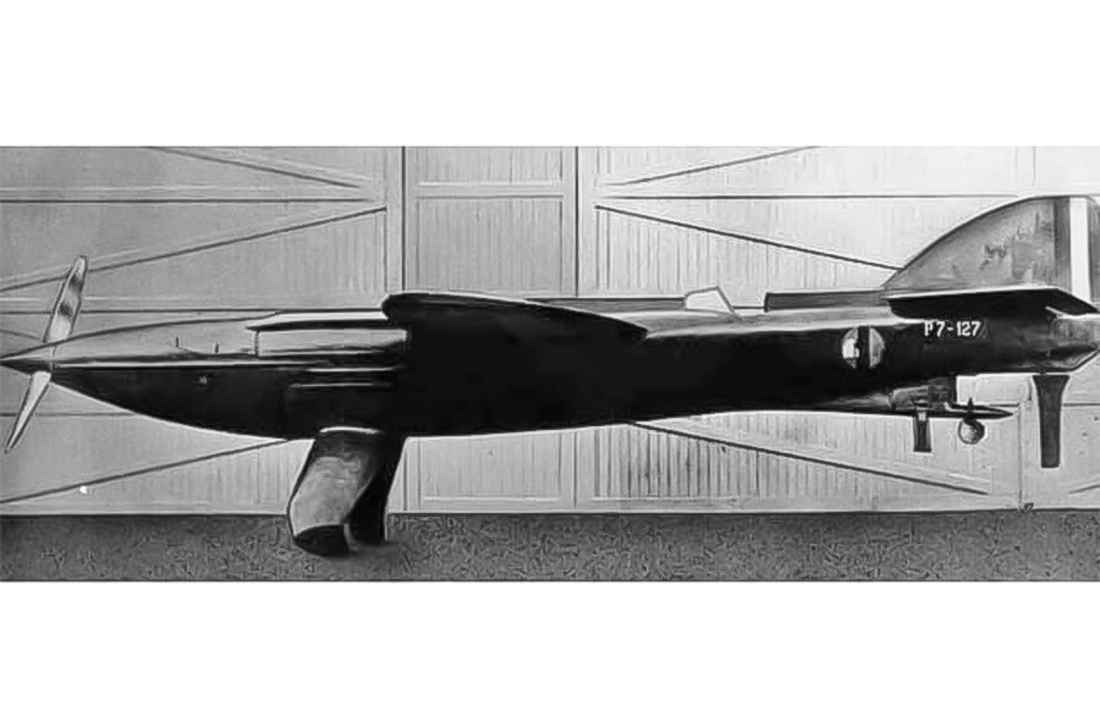
3. Macchi M.39
Mario Castoldi carefully analyzed the 1925 race contenders and used those insights to shape his new design, focusing heavily on streamlined form and efficient packaging. Crucially, he also benefited from strong government support- Mussolini’s regime financed the project and established the Reparto Alta Velocità team to represent Italy with pride.
The resulting M.39, powered by a Fiat AS2 engine, was the first aircraft to store fuel in its floats and became the blueprint for late-1920s racing seaplanes. Built entirely of wood, it featured a sleek, low-mounted monoplane wing, integrated cockpit with a low-profile windshield, surface radiators, and minimal external supports. A stunning example of engineering and elegance.
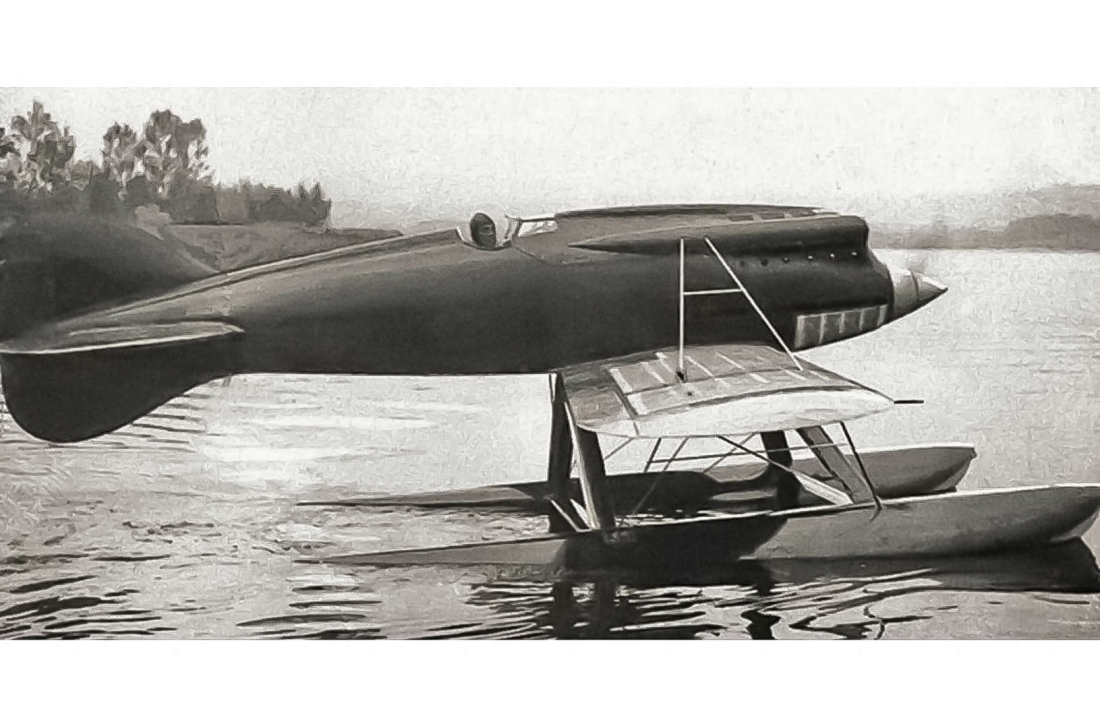
4. FIAT G.55 Centauro
The few pilots who had the chance to fly the Fiat G.55 in combat were highly impressed. The 353a Squadriglia, led by Capitano Egeo Pittoni and tasked with defending Rome, was the only unit of the Regia Aeronautica to operate the aircraft for an extended period, throughout the summer of 1943. They effectively used the G.55’s strong high-altitude performance against American bomber formations.
Armed with three 20-mm cannons and two 12.7 mm (.50-calibre) machine guns, the G.55 delivered formidable firepower for a mid-war single-engine fighter, breaking the common perception of Italian fighters being under-armed.
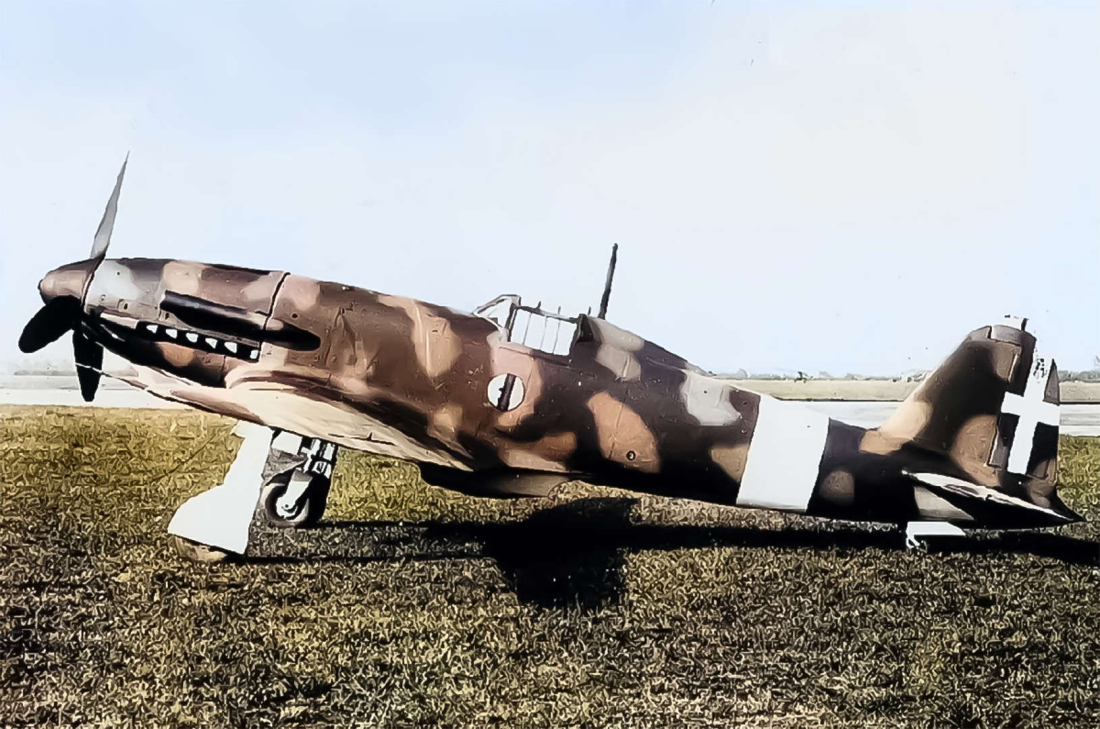
5. Reggiane Re.2005 Sagittario
The Re.2005 inherited a drawback from its predecessors, it was a complex aircraft that was both costly and time-consuming to manufacture. While such demands might be manageable for a country with vast industrial resources like the United States, Italy in the 1940s lacked both the infrastructure and the finances to support large-scale production.
What Italy did have in abundance, however, was design brilliance. Although the Re.2005 was far from practical for the country’s wartime realities, it exuded the refined style and charisma of a 1960s Maserati. Ultimately, its excellence was overshadowed by its limited production run- fewer than 100 units, making it, like many other Italian designs of the era, a beautiful but ultimately marginal player in the war.
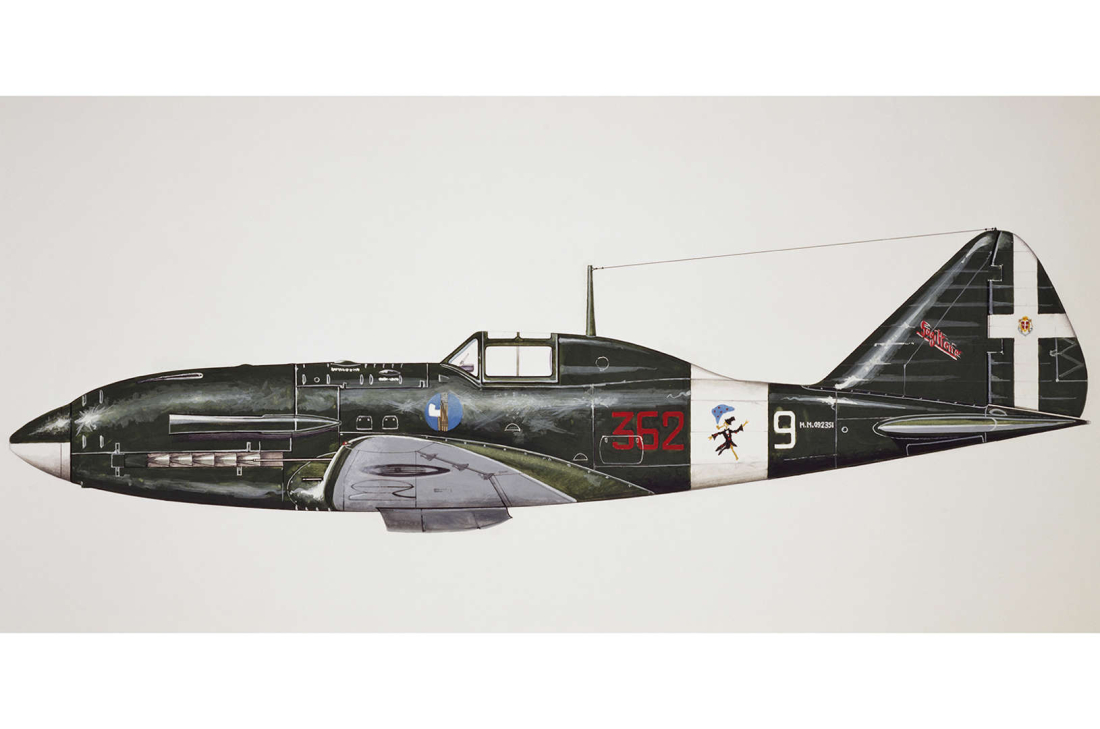
6. Macchi MC.205V Veltro
British test pilot Eric Brown once described the Macchi MC.205 as "one of the finest aircraft I ever flew", praising it as a true pleasure to handle and fully comparable to the best Allied fighters of the time. In its ‘Serie V’ variant, it featured one of the top aero-engines of the era and carried an impressive array of weaponry.
The Veltro remained in service with the Italian Air Force until 1955, with the final units being assembled as late as 1951. A small number were also produced for Egypt. This move led to a covert Israeli operation that resulted in the bombing of an Italian hangar, destroying several aircraft, including one MC.205. Notably, on January 7, 1949, an Egyptian Veltro successfully shot down an Israeli P-51D Mustang.
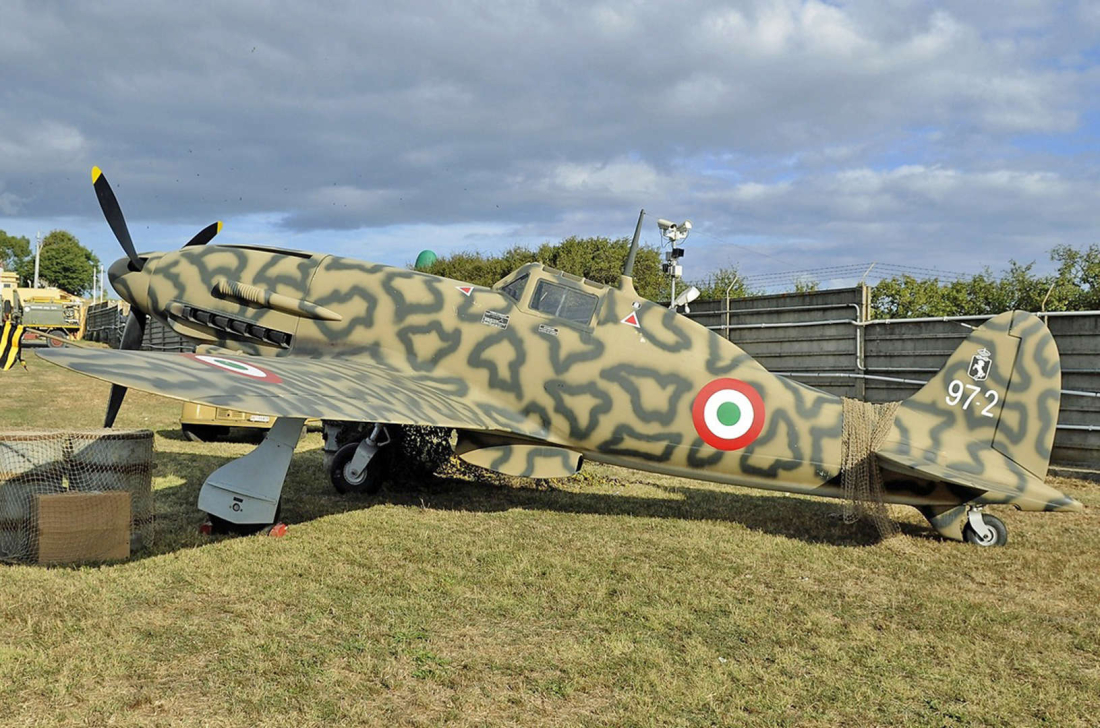
7. Leonardo C-27J Spartan
The C-27J stands out in its category with the largest cargo hold and exceptional performance, offering climb and descent rates of 2,500 and 4,000 feet per minute, respectively. Its ability to operate from virtually any location, whether snowy, sandy, or rugged- makes it a highly capable tactical airlifter, fully certified for short take-off and landing (STOL) operations.
Renowned for its adaptability, the C-27J has been used in a wide range of missions. More than 111 units have been built and are in service with multiple armed forces across the globe. One prominent user is the U.S. Army’s Special Warfare Center’s Military Free Fall School in Yuma, Arizona, where the aircraft supports elite training operations.
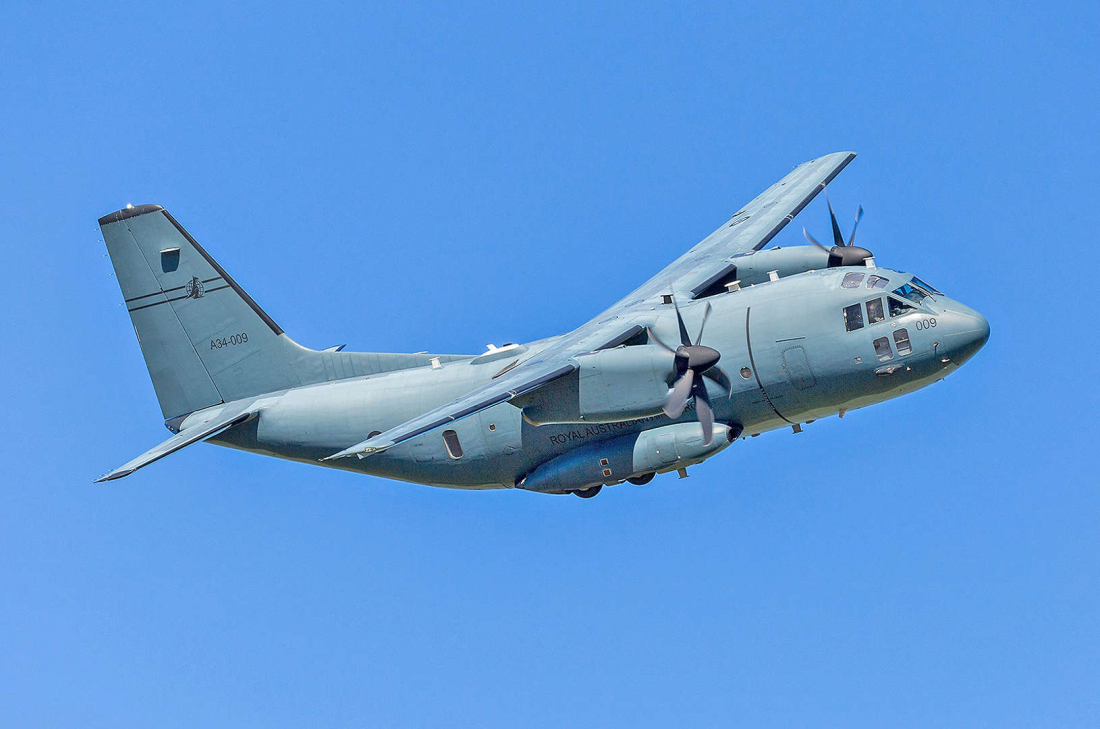
8. Piaggio P.180 Avanti
The Piaggio P.180 Avanti II became a true fusion of aviation and art when renowned artist Mimmo Paladino transformed an actual aircraft, rather than simply depicting it into a flying exhibit titled Cacciatore di Stelle, showcased at the Galleria in Milan. Yet even without artistic adornment, the Avanti is a visual masterpiece on its own.
For those beyond the ordinary millionaire set, those who want their aircraft to make a statement when arriving at exclusive destinations like Samedan for snow polo, the elegant and eye-catching Piaggio P.180 Avanti remains the ultimate standout choice.
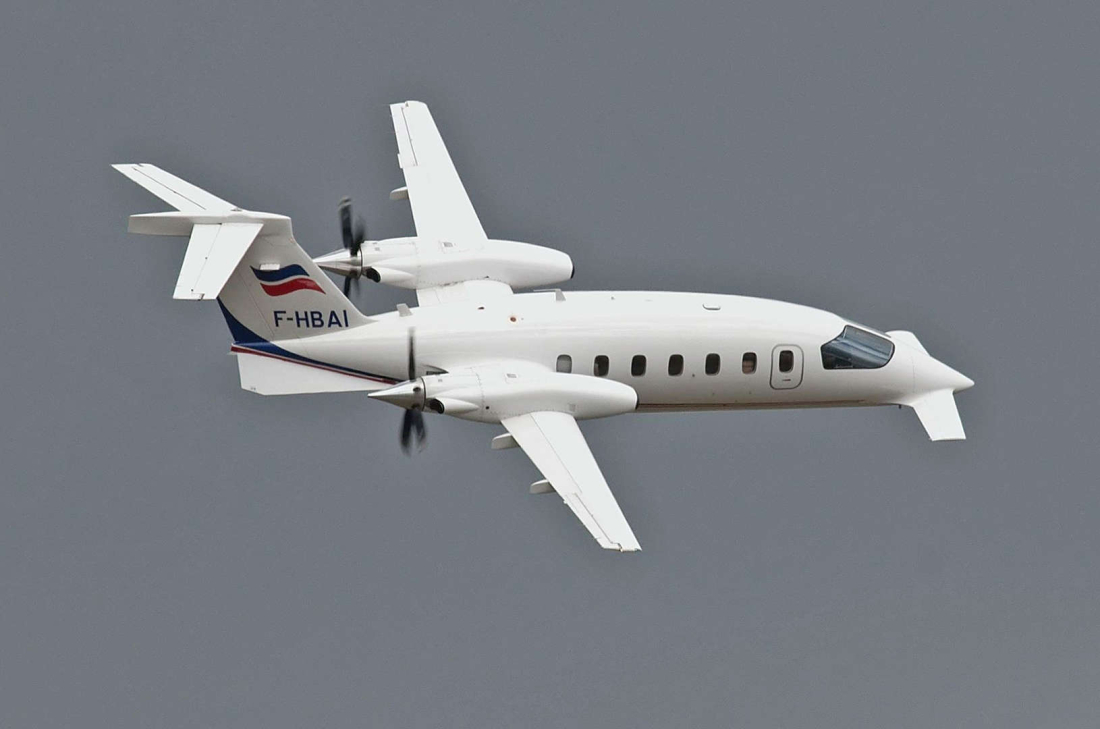
9. Leonardo M-346
While the M-346 was originally designed as a training aircraft, the M-346FA version adds serious combat capability. This light fighter variant features seven external hardpoints and can carry a mix of air-to-air and air-to-ground weapons, a 20mm gun pod, and advanced targeting systems integrated with helmet-mounted displays.
The trainer itself has earned a strong reputation for its reliability and performance, and it is currently used by the air forces of Italy, Singapore, Israel, Poland, Qatar, and Greece. Meanwhile, nations like Turkmenistan and Nigeria have opted for the armed M-346FA version.
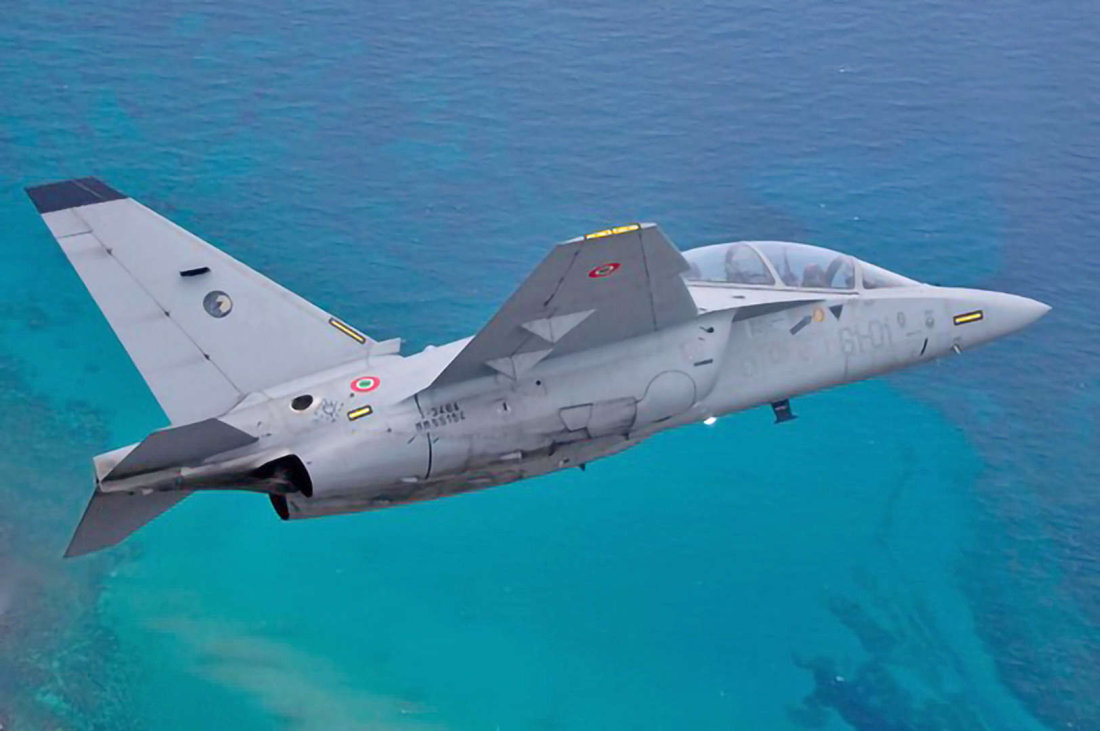
10. Savoia-Marchetti SM.79 Sparviero
With a top speed of 290 mph, the SM.79 was impressively fast by global standards during the Spanish Civil War. However, its standout features in World War II were its robust build and remarkable reliability- traits not typically associated with Italian aircraft design of the time.
During its deployment in Spain, the Sparviero performed exceptionally well and was largely unchallenged by enemy fighters, a fortunate advantage, as Italy lacked escort fighters fast enough to keep up. Out of roughly 100 aircraft sent to the conflict, only four were lost in combat. The SM.79 remained in Italian Air Force service until 1952 and saw its final operational use in Lebanon, where it continued flying until 1959.
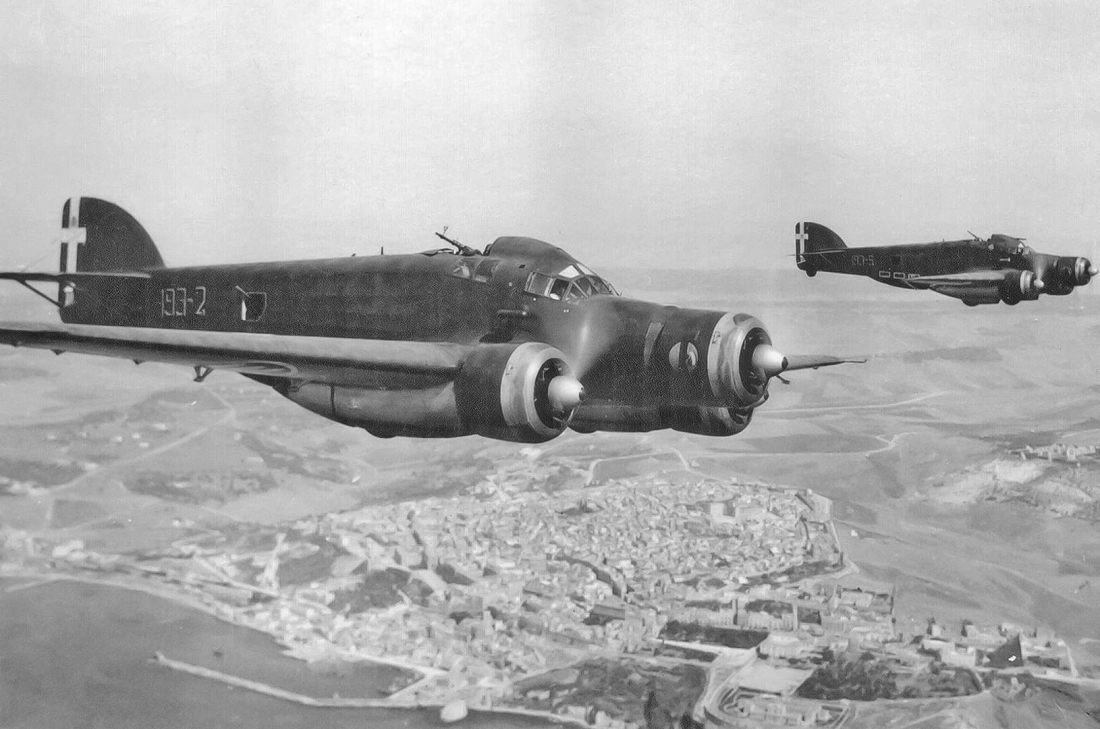
Dozens of people are feared dead and around 100 others injured after an explosion tore through a crowded bar during New Year’s Eve celebrations at the Swiss ski resort of Crans-Montana, authorities said.
The Russian radio station known as 'Doomsday Radio' (or UVB-76) unexpectedly began playing ‘Swan Lake’, music from a ballet composition. The last time this was done was during the deaths of Soviet-era leaders and the 1991 coup.
Protests in Iran over soaring prices and a plunging rial have spread to universities in Tehran, as students join shopkeepers and bazaar merchants in demanding government action. With inflation above 42% and the rial at record lows, unrest continues to grow across the country.
As Russia’s war in Ukraine enters its fourth year, rising casualties, economic struggles, and mounting unrest expose cracks in society. Despite Kremlin propaganda, frustration is growing as more Russians question the government’s narrative, according to The Washington Post.
Chelsea Football Club have parted ways with manager Enzo Maresca, after the London side have won just one of their last seven English Premier League games.
Beyoncé has officially joined the billionaire club, becoming the fifth musician to reach a 10-figure fortune, Forbes reports.
Brigitte Bardot, the French actress whose barefoot mambo in And God Created Woman propelled her to international fame and reshaped female sexuality on screen, has died at the age of 91, her foundation said on Sunday.
Director James Cameron has shared the key reasons behind the global success of Avatar: Fire and Ash, the third installment in one of the highest-grossing film franchises of all time. In an interview with China Media Group in Hainan Province, Cameron spoke about the universal appeal of the film.
Tesla CEO Elon Musk has become the world’s richest individual, with a net worth of US$749 billion, after the Delaware Supreme Court reinstated $139 billion in stock options that were voided last year, according to Forbes’ billionaires index.
A rare pair of bright-green Nike “Grinch” sneakers worn and signed by the late NBA legend Kobe Bryant have gone on public display in Beverly Hills, ahead of an auction that could set a new record for sports memorabilia.
You can download the AnewZ application from Play Store and the App Store.

What is your opinion on this topic?
Leave the first comment